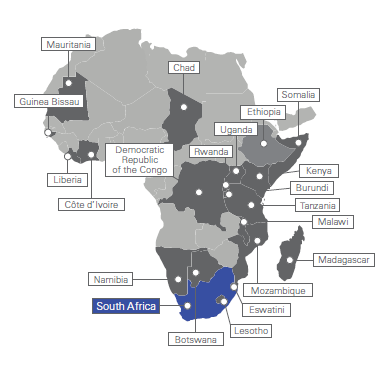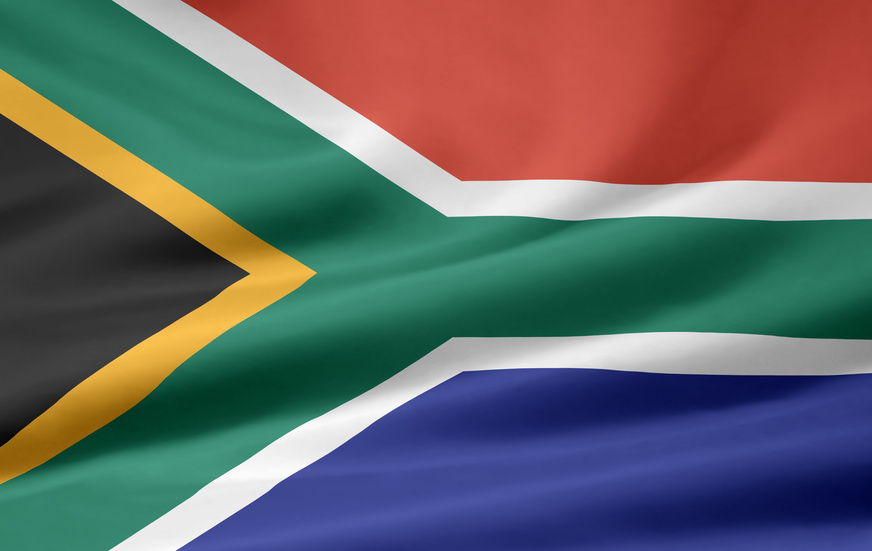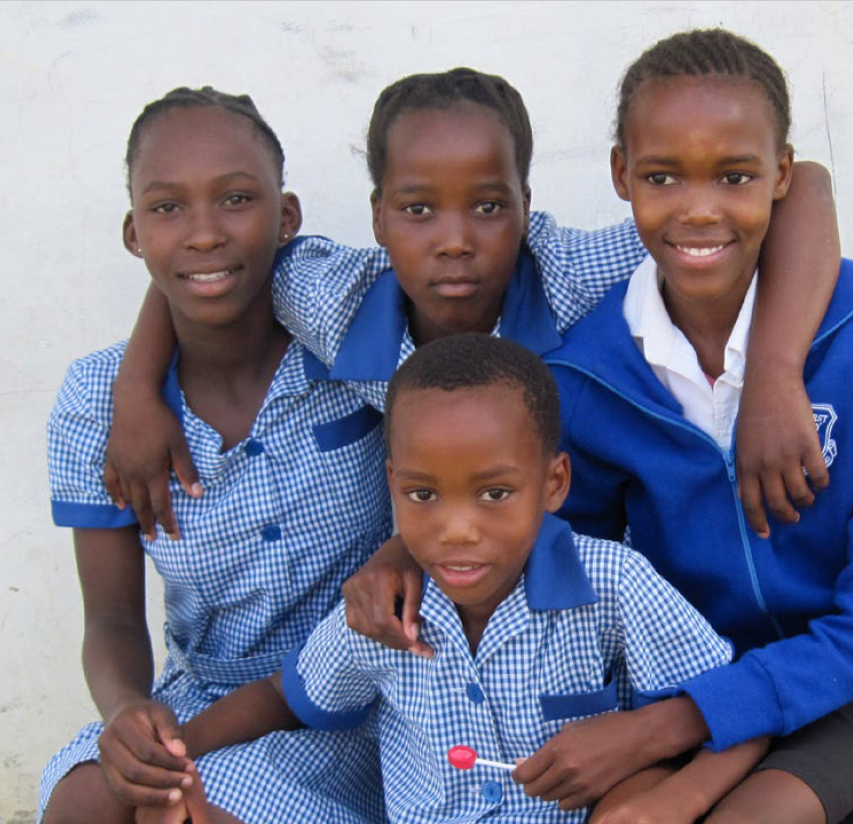Africa is on the move: the continent has some of the fastest-expanding economies in the world with a rapidly growing young population. In addition to being Africa’s second largest economy, South Africa has a vibrant private sector, one of the world’s most progressive constitutions, and cutting-edge technology and innovation. A political leadership change has brought significant stability and renewed focus on economic growth. While there was political commitment to education prior to the new administration – in 2017, education accounted for 6.1 per cent of GDP and 16 per cent of government expenditure – the current President is now creating public-private partnerships to transform schools. In 2018, for example, he launched the Sanitation Appropriate For Education (SAFE) initiative, which partners with business to provide safe toilets and improved water facilities at 4,000 schools. This is a step in the right direction: if they are educated, South Africa’s young people can lift their families out of poverty and contribute to economic growth.
Schools for Africa (SFA) is a global initiative which aims to achieve quality education across sub-Saharan Africa, ensuring that all children, including the most remote and marginalized children, are learning and gaining the skills to succeed in life and work.
The challenges
South Africa has a number of progressive education policies and practices – school is compulsory for children between the ages of 7 and 15; school is free for indigent learners. At the same time, however, very real challenges undermine the quality of learning for all South Africa’s children:
• Low completion rates – many students experience a broken journey through school, interrupted by periods of irregular attendance, absenteeism, dropouts, limited teacher capacity, teenage pregnancy and schoolrelated
violence and abuse
• A potential second “lost generation” – the country has a group of post-apartheid young people, aged 18 to 24, who are not in the education system, not in training and not employed
• Schools lack significant infrastructure – 27 per cent do not have running water; 79 per cent are without libraries; and 78 per cent do not have computers
• Low teacher quality leads to poor student performance – in 2011, the Annual National Assessment tested 6 million students in the foundation phase (grades 1 to 3) and intermediate
What we have achieved so far
- The Safe and Caring Child-Friendly Schools program improved infrastructure for 800 disadvantaged schools.
- Sports activities in school life were upgraded.
- In 2014, a virtual learning platform for teachers and students was launched from which 4,500 teachers and more than 35,000 students have benefited since its launch.
- More than 30,000 girls and boys were able to use new sports fields in 27 schools in townships.
- More than 75 percent of five-year-old children today now have the opportunity to successfully prepare for starting their primary school with one year of preschool.
- Thanks to the “Techno Girls” program, more than 15,000 girls have begun their career since 2005, most commonly in the fields of technology and engineering.
What is planned for the future
- Development of new and cost-effective learning and teaching materials.
- Strengthening parent responsibility for their school-age children.
- Training of 60,000 teachers, 73 percent of them female, to improve their pedagogical skills for basic computing.
- Training of 60,000 teachers, of which 60 percent are female, on violence prevention and conflict management.



